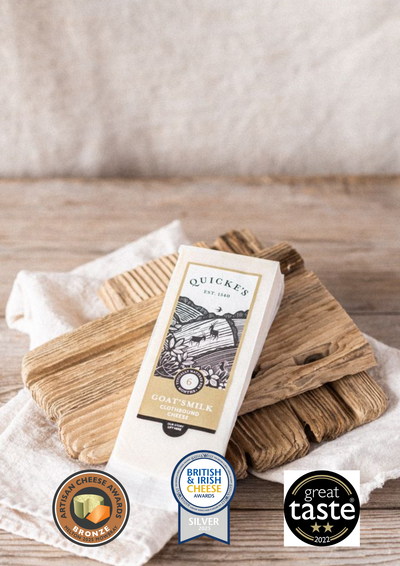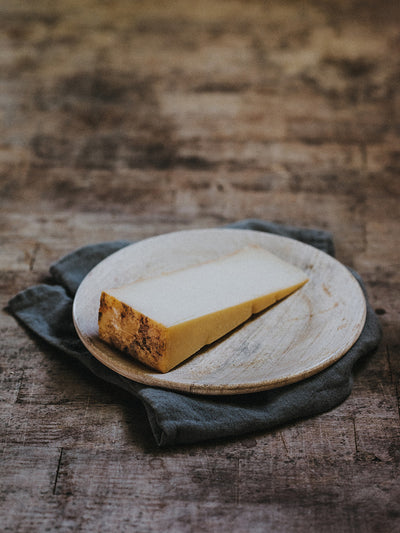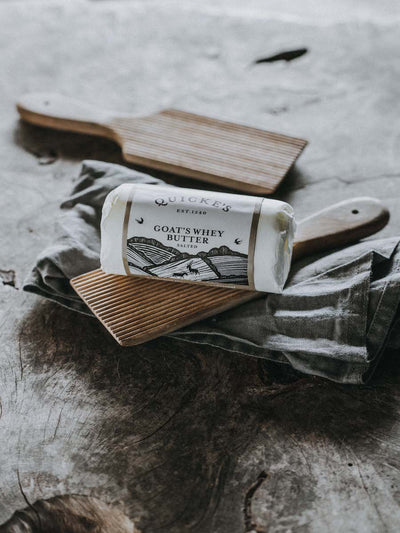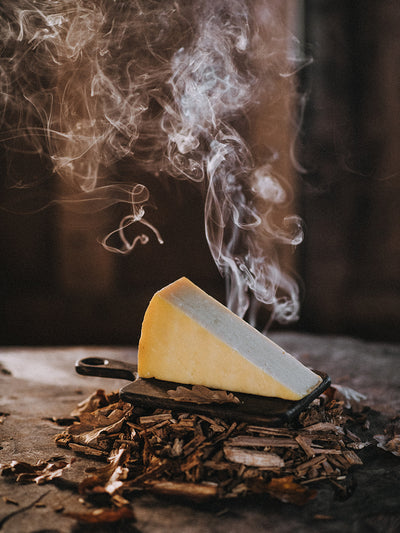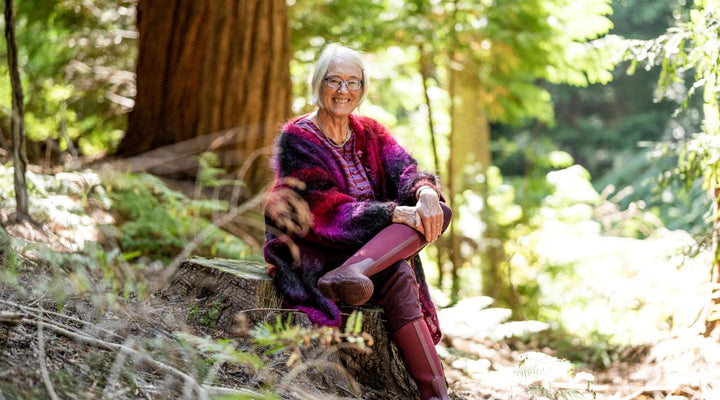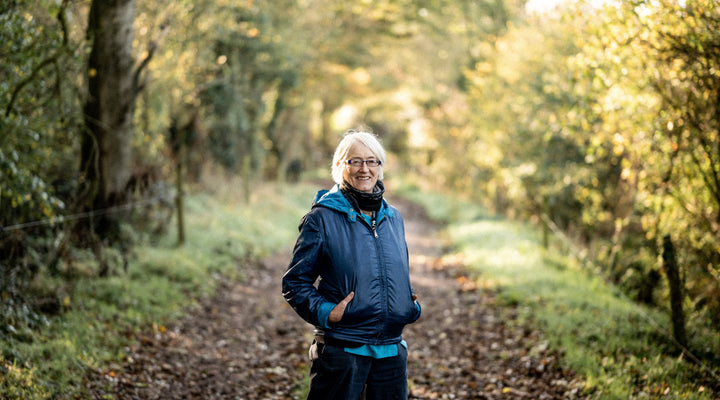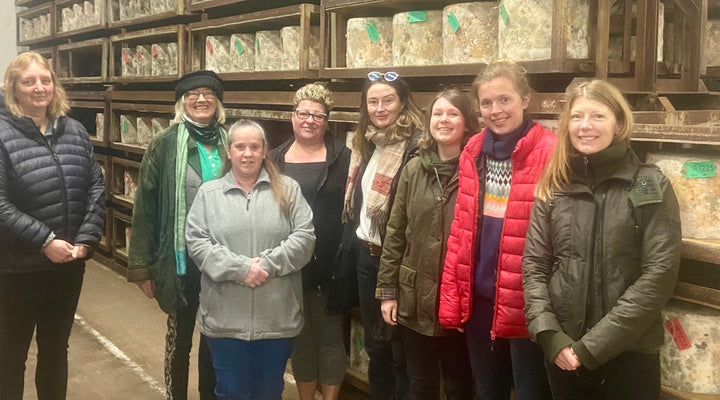NATURE
So far it’s been a perfect season for grass growth. We had a long slow spring, and now a warm summer, interspersed with enough rain. Last year’s heat has primed the trees to flower to the fullest, and now the fruits are starting to develop, small and green, still hiding amongst the leaves, before showing their richness like pregnant bellies.
Everything is rising to the plenty. A queen hornet hovered in and out of my bedroom window three times before I closed her out. She was very large, very beautiful, and I didn’t want her to make a nest in my bedroom. She looked too big for even the doughty house martens feeding yet another family of chicks under the eaves to take on. I hear a swarm of bees somewhere in the woods, as loud as an airplane, thousands of bees all seeking a new home.
A young roe deer doe jumped out of the hedge in front of me, sleek, athletic, and elegant. I’ve heard her at night making her curious ‘pheep’ piping sound, enticing a buck back for a good time. I’d heard an interested masculine grunt, so I expect she was on her way to an assignation.
ARABLE
The maize is finally starting to shoot up in the warm weather. This will be the last year we grow it. It is a good feed for cows, a taste of sunshine in the winter. All our attention is now on creating soil structure and always having cover and roots growing. Maize needs ploughed, disturbed soil and bare earth for over half the year. We will replace it with red clover, growing all the time, a good protein feed whose roots make their own nitrogen from the air, and whose deports structure the soil.
We harvest some wheat early, and a little bit juicy, as we did the barley. We roll the soft grains to break them and cure with a little acid. The cows get to eat the grains at their highest feed value, and we can get the next crop in the ground, red clover after barley to restore the soil, and oats after the wheat.
GRASS
Grass has felt miraculous this year after last year’s shy growth in the drought. Our silage clamps are bulging, and we have almost all the silage bags we need to feed cows in the outwintering fields. Grass slows now, and white clover takes up the mantle, sending its stolons, rooting stems, over the ground, filling any spaces the grass leaves. We are encouraging more by drilling clover seed into more open swards. Already the little clover plants are up and growing.
COWS
The spring cows are now almost all safely in calf. The girls enjoy the mid-lactation routine of milking when they feel full and ambling out to graze, chat and rest. The increasingly clovery swards give scented pasture for them to enjoy. The autumn cows start the month in the last stages of their pre-calving break and then move to the maternity field, close by for attention if they need help, with some sheltering hedges for them to feel safe. They are chilled and peaceful, enjoying the progesterone while it lasts.
DAIRY
We visited the goat dairy farm our milk comes from close by on the South Devon coast. I love how different goats are with their sideways eyes, evolved to fulfil their curiosity and safety with a wider field of vision. The goats come up and enquire what your business is and take an exploratory nibble of your clothes. They are so different, it’s no surprise cow people rarely make the transition to goats.
In the first part of August, when the milk is at its summer lowest, we stop making cheese and maintain the dairy: all the scraping, painting and repairs you can’t do when cheese is being made. This year we are making a window into the cheese dairy so we can show more people how we make cheese. We are taking bookings for our Academy of Cheese courses -you can find out more about the course here.
MARY QUICKE

